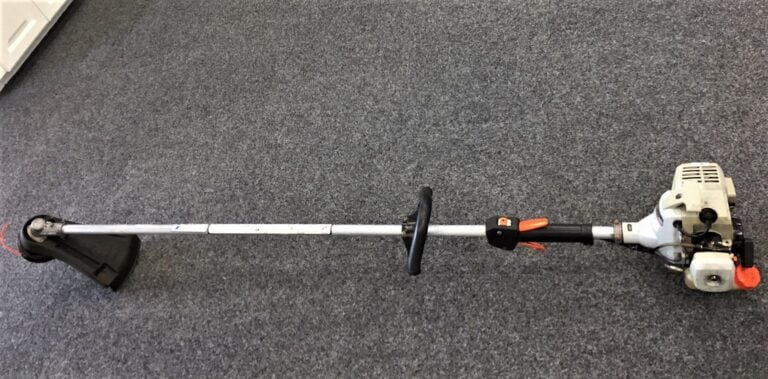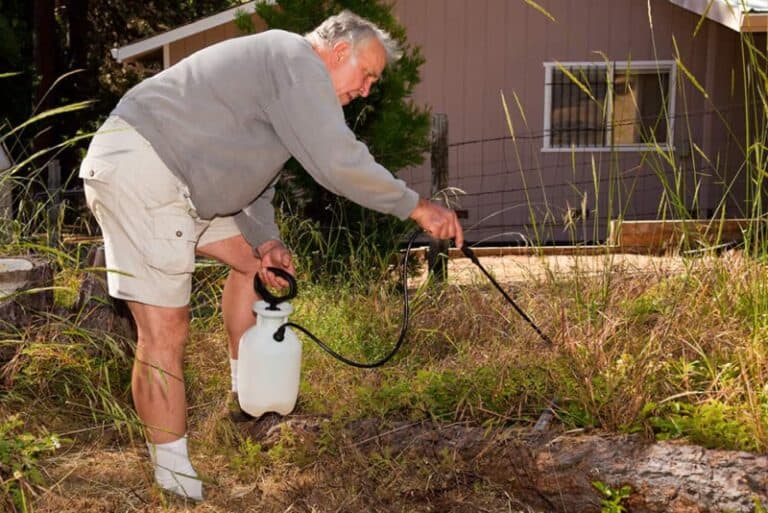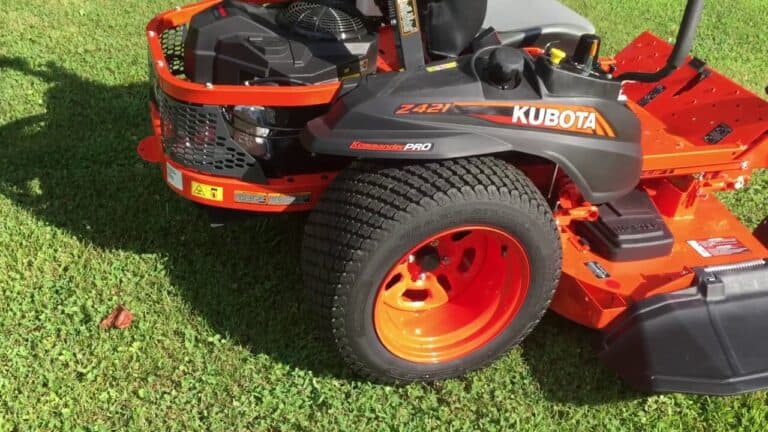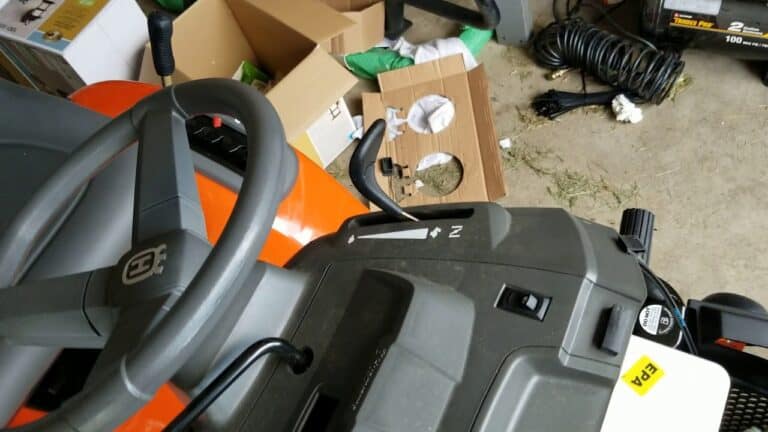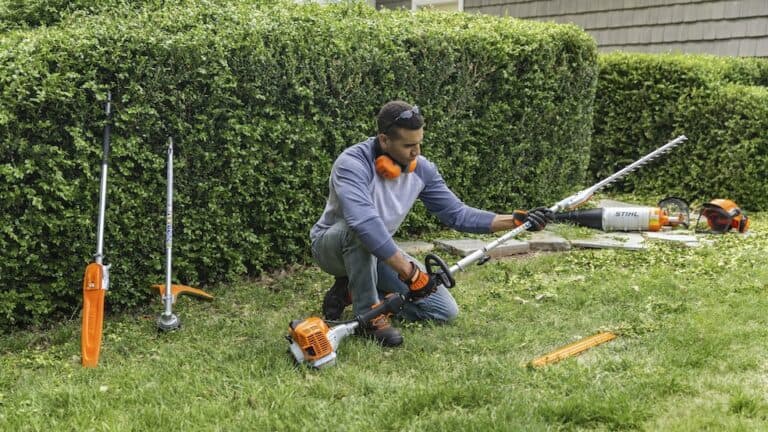How To Shorten A Throttle Cable On A Lawn Mower
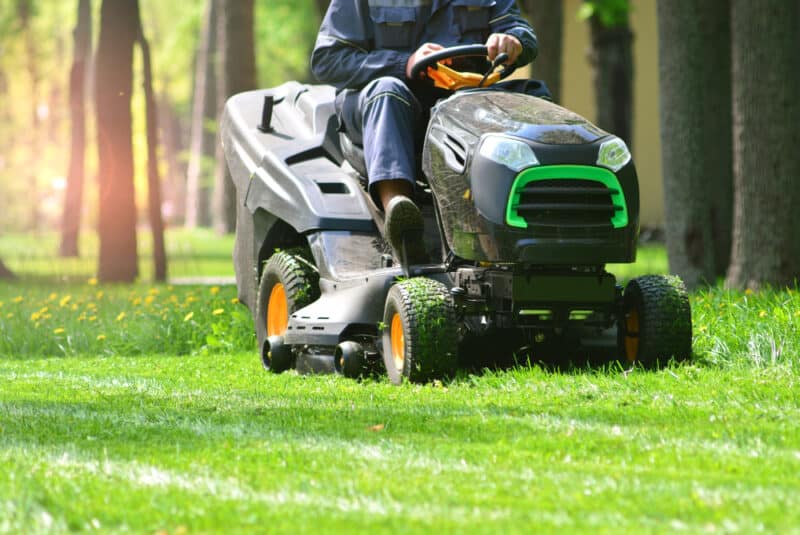
A lawnmower is a machine that cuts grass at a specific height based on its revolving blade design. We all know that. There are three main designs for a lawnmower. The oldest, which is making a comeback as people make conscious decisions to reduce the immense environmental impact of lawn care, is a push-reel mower.
The second lawn mower type is a walk-behind mower. This type can be either a push mower for smaller mowers and smaller lawns, or a self-propelled version if the mower is too heavy or the lawn is too large to efficiently mow by hand pushing. A riding mower is the third and most expensive of the type. Riding mowers drive like slow off-road vehicles, with a mower attachment underneath.
Why would you need to shorten a throttle cable?
Modern lawnmowers are robust, well-developed, and highly dependable machines. So long as they’re given gas and oil, they will run reliably for decades with no significant maintenance. The machinery of a lawn mower is highly dependable, as they’re intended to work with minimal maintenance other than fueling and periodic oil in a four-cycle lawnmower engine. Or more than periodic oil in a two-cycle engine.
The flip side is that when a mechanism is as reliable and consistent as a modern lawnmower, it can be extremely frustrating when it does require maintenance. It can even leave the owner at a loss as to what to do, when they enter a situation they’ve never been in before. A situation where a reliable machine suddenly becomes unreliable or unworkable can be disempowering. Especially when the person has no backup.
With that said, no mechanism built is perfect. A lawnmower will require some maintenance over its lifespan. Most of this is mechanically simple and inexpensive. Lawn mowers’ most vulnerable part is their throttle cable. This tough steel cable connects the hand throttle, or throttle pedal, with the engine throttle. The cable is tough and in the most case, sheltered from most potential damage by the rubber conduit that it travels through. A typical throttle cable on a push lawnmower shares space in its sheath with the engine cutoff that is connected by a hand bar.
The throttle cable of a lawnmower can, however, become stretched, and once stretched, becomes more difficult or impossible to use. Unlike a car’s engine, which over the last two decades have become fly-by-wire affairs in virtually all vehicles, lawnmowers are controlled by physical linkages. Stretch of a lawnmower’s throttle cable can happen from misuse, but it can also happen simply from time in use. The
Troubleshoot The Throttle
Before performing any sort of repairs on a lawnmower, it’s critically important to unplug the spark plug from the rest of the engine. An active engine is a serious hazard when you’re working with electrical equipment. The engine of a lawnmower is still an internal combustion engine, which involves tiny fuel explosions happening in a confined space. Be safe!
Second, wear safety gloves and safety goggles to help reduce injury. There is no such thing as being perfectly injury-proof, but safety gloves and goggles can remove much of the risk from working with mechanisms. In addition, a respirator might be a good idea. Any repair of a gas-powered engine brings with it the risk of being exposed to gasoline fumes.
Troubleshoot the throttle unit and eliminate simple problems.
The first step is to troubleshoot the throttle. Just because the throttle isn’t opening or closing correctly doesn’t mean that the cable is necessarily stretched or broken. If the throttle cable is stuck, due to dirt entering the outer tube or the inner cable being rusted, the fix may be as simple as running a few beads of cleaner and lubricant, like WD-40, into the cable to lubricate it.
If this is the case, the cable may not need any more maintenance than that. Most of the time, that’s really all there is. The old medical adage, “If you hear hoofbeats, think horses, not zebras” holds true with a mechanical diagnosis as well as a health diagnosis.
Once a dirty or rusted cable has been examined and removed as a possibility, the answers that are not “stretched or broken lawnmower cable” dwindle.
Simply working the throttle fully forward and fully back, once the cable is running smoothly, will determine if the cable is stretched or not. If the cable is stretched, when the lawnmower is at full throttle it will sound like it’s running at lower RPM. Because it is. The stretched cable run will fail to open the carburetor fully, resulting in an engine that isn’t reaching full throttle even with the throttle lever fully open.
The Lifespan of a Cable
The lifespan of a lawnmower cable is typically about 2-5 years. Beyond that, the cable will stretch out of shape and possibly break. If the cable is stretched, you have a few basic options. The first of these is to remove the cable and replace it entirely. For some owners, this option will be the best as it requires the least amount of mechanical skill. A new throttle cable typically costs from the high single digit to low teens of dollars by itself, or as much as $25 for a cable complete with a universal throttle control unit. The parts are much less expensive than you might think. The second option is to shorten and repair the existing throttle cable by removing it from the cable sheath and cutting off the damaged portion of cable.
While you will still need to attach a brand-new throttle cable at the hand throttle unit, or pedal, and the carburetor, you will still be able to do this with nothing more than simple hand tools. Removing and replacing a throttle cable can typically be done with nothing more than a needle-nose pliers and a screwdriver.
Step 1: Remove the faulty throttle cable.
Start by turning the lawnmower off. The actual removal can be done simply by opening the throttle unit and removing the lock screws holding the cable to the lever. Once complete, it’s a simple matter of removing the cable from the throttle end and tracing it back to the fuel valve attachment at the engine end. Once the faulty throttle cable is removed from both ends, it can be safely discarded in whatever way the owner wishes.
Step 2: Remove the stretched cable from the cable sheath
To diagnose the stretched cable, slide it out of its sheath. In some cases, a damaged cable can be repaired by cutting it just past the frayed part, then shortening the sheath by enough to get cable out each end. If the cable is damaged near enough to the end, this option may be all you need, so slide the end back into the shortened sheath until some of the cable is visible from each end. Using the broken end as a guide, use a needle-nose pliers to bend the new end into the same Z shape as the original. If the cable is damaged in the middle, however, there may not be enough cable left after cutting the damage away to connect the hand throttle unit to the engine, in this case, replace with a new cable. Follow steps 3 through 6.
Step 3: Place the repaired or new cable on the handle.
The repaired or new cable can be installed in the handle in exactly the reverse order of removing the old cable. If you’ve kept the screws close by to put the new cable in with the old cable, it will be a simple process to attach the new cable to the handle end. If you have a new cable including its own throttle lever, dismount the old throttle from the handle and put it somewhere you know you’ll be able to find it later on. There’s no reason to be wasteful with machine parts.
Step 4: Connect the new cable.
Repeat the previous step on the engine side. Once again, if you’ve kept track of the old attachment parts to attach the new cable to the engine, you’ll be fine. Just attach the connector on the engine end of the new cable to the attachment on the carburetor.
Step 5: Adjust the new cable.
Reconnecting the sparkplug, the penultimate step in the cable replacement is to adjust the new cable to remove slack between the throttle unit and the carburetor.
Step 6: Test drive
Start the lawnmower and run it through the full range of throttle to confirm that it’s tight enough. Mow a test section of lawn to verify that the lawnmower is working correctly.
Conclusion
Small engines have simple parts that can be repaired by a user with some basic parts and some basic mechanical skills. While it may seem daunting at first to repair an engine, it’s a simple task that, with some persistence, can be completed by most people. Now you can mow your lawn.

